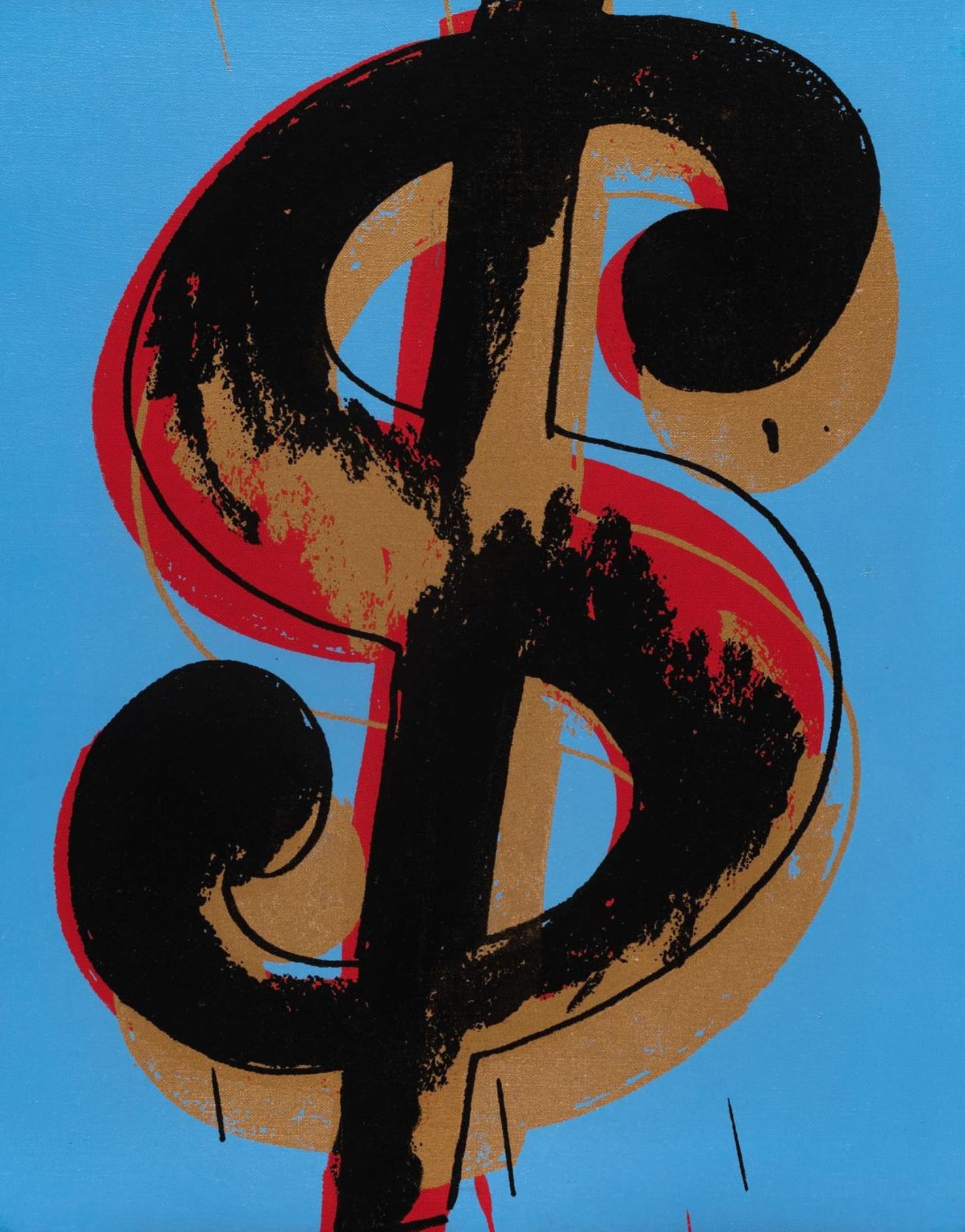We are living through a complex moment: persistent inflation, high interest rates and financial markets that move to the rhythm of geopolitics. In this context, art -especially Modern, Contemporary and Pop- emerges as a strong patrimonial asset and a powerful diversification tool. This article explains why, compared with other traditional and alternative assets, art gains relevance in 2025.

1. Liquidity in the Blue‑Chip Art Segment
The key question is: how does a top‑tier artwork convert into liquidity within the natural, strategic timelines of a medium‑ to long‑term asset? While it cannot match the immediacy of financial markets, blue‑chip art enjoys stable demand capable of placing high‑quality works with reasonable agility, even in softer cycles.
Pros
-
Tangible, global asset.
-
Structural scarcity that protects long‑term value.
-
Stable international demand.
Cons
-
Not instantly liquid.
-
Transaction and logistical costs.
Versus bonds: Bonds are liquid and predictable, but currently pressured by real inflation and opportunity cost. Art is not affected by those dynamics.
2. Art as a Hedge Against Inflation and Currency Weakness
Art does not replicate the behaviour of gold or purely financial assets, but it does offer a notable feature: it holds its value through inflationary cycles. As a movable asset with high international mobility, it can transition smoothly across legal and geographic environments, granting agile access to a global market within a solid, well‑structured operational framework built on clear procedures and professional coordination.
Art
Pros
-
Not dependent on interest rates.
-
International portability.
-
Preserves value in prolonged inflationary environments.
Cons
-
Does not generate recurring income.
-
Exit timelines require planning.
Real Estate
Pros
-
Generates rental income.
-
Classic, widely understood patrimonial asset.
Cons
-
Highly sensitive to interest rates.
-
Significant maintenance and taxation.
-
Less international flexibility.
3. Comparison with Other Alternative Assets
Collectibles—fine wine, watches, classic cars—have strong cycles and enthusiastic followings. Even so, none match the combination of excellence, aesthetic purity, cultural legacy and patrimonial versatility that art offers: a category where emotion, history and elegance converge in their most refined form.
Art
Pros
-
Mature, global market.
-
Clear path toward the “blue‑chip” segment: works of top quality and sustained demand.
-
Consistent long‑term appreciation potential.
Cons
-
Requires knowledge and specialised advisory.
Other Collectibles
Pros
-
Active communities.
-
Accessible entry points for new investors.
Cons
-
Highly exposed to fashion and trends.
-
Risk of oversupply in certain segments, resulting in price declines.
4. Diversification Strategy for 2025
Integrating art into a portfolio is not interior decoration—it is a patrimonial decision. In periods of uncertainty, allocating 5% to 10% of assets to uncorrelated categories strengthens overall portfolio resilience.
Key points:
-
Define time horizon: art performs best over the medium and long term.
-
Prioritise established artists and works with impeccable documentation.
-
Rely on curatorial criteria and comparable‑based analysis.
-
Seek professional, transparent and data‑driven advisory, avoiding unguided improvisation in a market where opaque practices still exist and often leave buyers unprotected; choosing serious, accountable partners makes the difference between preserving capital and exposing it.
Conclusion
Is art a perfect hedge? No. Is it a powerful diversification tool that preserves value in challenging times? Absolutely. The key lies in guidance and selection: iconic works, solid provenance and expert advisory—the only antidote to impulsive purchases based on superficial or unverified information that can lead to overpaying, poor choices and unnecessary risk to one’s patrimony.
The final questions are:
Do you want to turn a collection into a true patrimonial tool? Are you looking to strengthen your portfolio with assets that retain real value?
Are you interested in knowing which artists offer stability and long‑term potential today?
Would you like to define the right starting point—and do it correctly from day one?
"Art is the only investment that never collapses: it changes hands, but never loses its soul." — Inspired by André Malraux.
